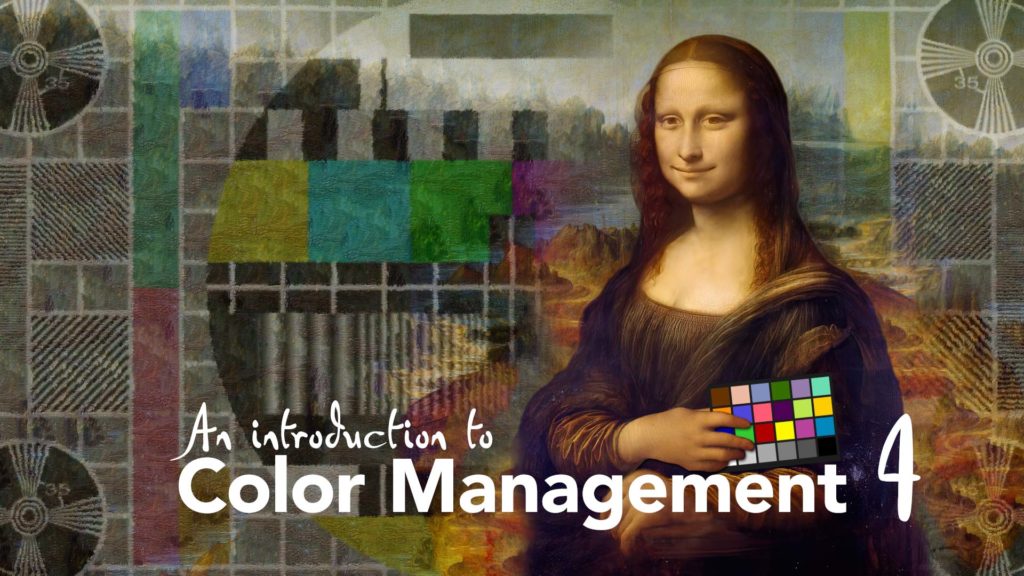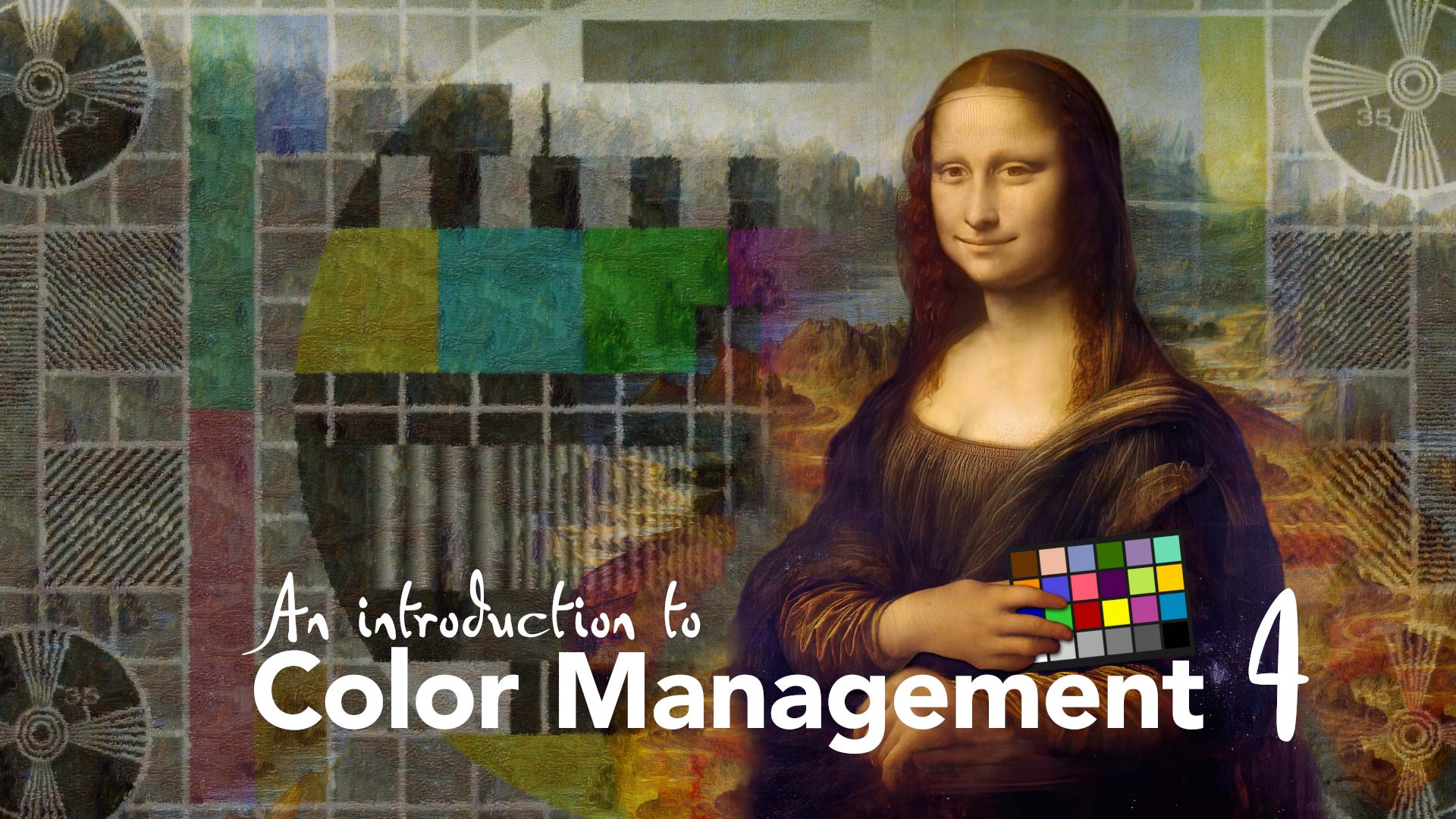Have you ever stopped to think about where RGB values came from? We all use digital color pickers every day, and seeing colors defined by a RGB value is something we take for granted. In Part 4 of this series on color management, we look at the way they were discovered – after years of painstaking work by the Scottish genius James Clerk Maxwell.
Maxwell is one of the greatest scientists to have ever lived, a direct inspiration to Einstein, and his groundbreaking work on electromagnetic fields has overshadowed some of his other, equally remarkable accomplishments. But some of Maxwell’s earliest work involved color and light, and it’s thanks to Maxwell that you’re looking at a computer display right now.
Maxwell began his formal study of color when he was 18, and published his first set of findings when he was only 24 – laying the groundwork for color photography, color television – and computer displays. He continued to research color for the rest of his life, making discoveries that underpin modern video compression algorithms.
So far this series has been something of a primer; trying to ease into the complexities of software color management by looking at the stories behind our understanding of color. When you start looking into color management, it doesn’t take long before you come across the CIE 1931 diagram – a direct evolution of Maxwell’s research. Once we understand what Maxwell discovered, it will be easier to understand the CIE 1931 diagram when we look at it in part 5.
If you’ve missed the earlier parts of this series then you can begin with the introduction, here.
In the video above I’ve mentioned a few sites that are probably a lot more interesting to browse. Here’s a few links:
Maxwell appears in episode 10 of Cosmos.
Two BBC articles on cochineal bugs and carmine red.
There are many articles on Indian Yellow, because it’s such a crazy story!
And if you’ve found this useful then please check out my other After Effects articles!

Filmtools
Filmmakers go-to destination for pre-production, production & post production equipment!
Shop Now














